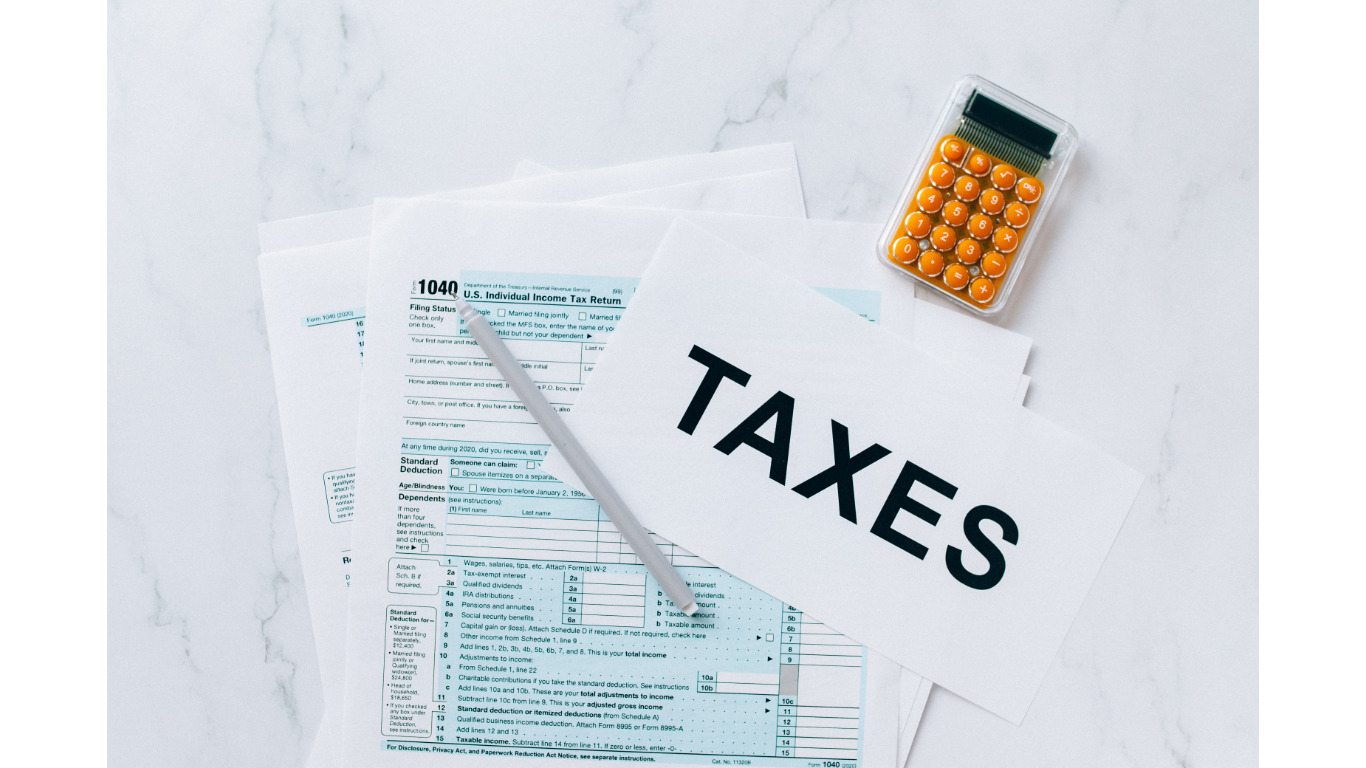
Reducing the amount of taxes you owe or maximizing your tax refund involves implementing various tax strategies and taking advantage of tax deductions, credits, and exemptions that you may be eligible for. Here are some common methods to help reduce your tax liability:
**1. Claim Tax Deductions:**
– **Standard Deduction vs. Itemized Deductions:** Depending on your financial situation, you can choose between the standard deduction or itemizing deductions. Itemizing may be beneficial if your deductible expenses (e.g., mortgage interest, medical expenses, state and local taxes) exceed the standard deduction.
– **Mortgage Interest Deduction:** If you own a home, you can deduct mortgage interest paid on your primary residence and, in some cases, on a second home.
– **Charitable Contributions:** Contributions to qualified charitable organizations are tax-deductible. Keep detailed records of your donations and ensure the charity is eligible.
– **Medical Expenses:** Certain medical expenses that exceed a certain percentage of your adjusted gross income (AGI) can be deducted. Check the current threshold with the IRS.
– **Educational Expenses:** The Lifetime Learning Credit and the American Opportunity Credit can provide tax benefits for eligible education expenses.
**2. Contribute to Tax-Advantaged Retirement Accounts:**
– Contributions to retirement accounts like a 401(k), 403(b), or IRA can reduce your taxable income for the year. These contributions grow tax-deferred until you withdraw them during retirement.
**3. Take Advantage of Tax Credits:**
– **Earned Income Tax Credit (EITC):** If you meet the income and eligibility criteria, the EITC can provide a substantial credit, especially for lower-income individuals and families.
– **Child Tax Credit:** You may qualify for a tax credit for each dependent child you have. The Child Tax Credit was expanded recently to provide more significant benefits.
– **Education Credits:** As mentioned earlier, the American Opportunity Credit and Lifetime Learning Credit can offset education-related expenses.
**4. Maximize Tax-Efficient Investments:**
– Invest in tax-advantaged accounts like a Roth IRA, where qualified withdrawals are tax-free.
– Consider tax-efficient investment strategies to minimize capital gains and dividend taxes.
**5. Utilize Tax-Deferred Savings Accounts:**
– Health Savings Accounts (HSAs) and Flexible Spending Accounts (FSAs) allow you to set aside pre-tax dollars for medical expenses, reducing your taxable income.
**6. Tax-Loss Harvesting:**
– Offset capital gains by selling investments with losses, which can help reduce your overall tax liability.
**7. Take Advantage of Business Deductions:**
– If you’re self-employed or own a small business, there are various deductions available for business-related expenses, such as home office expenses, travel, and equipment.
**8. Tax-Efficient Charitable Giving:**
– Consider donating appreciated assets like stocks or real estate to charitable organizations to potentially avoid capital gains taxes.
**9. Plan for Capital Gains:**
– Be mindful of the tax implications when selling assets. Holding onto investments for over a year can often qualify for lower long-term capital gains rates.
**10. Tax Planning and Professional Advice:**
– Consult with a tax professional or financial advisor who can provide personalized advice and help you navigate complex tax rules, especially if your financial situation is more intricate.
Remember that tax laws and regulations change over time, so it’s essential to stay informed about current tax laws and consult with a tax professional to ensure you’re taking advantage of all available tax-saving opportunities while remaining compliant with the law. Additionally, individual tax situations vary, so what works for one person may not be the best strategy for another.



